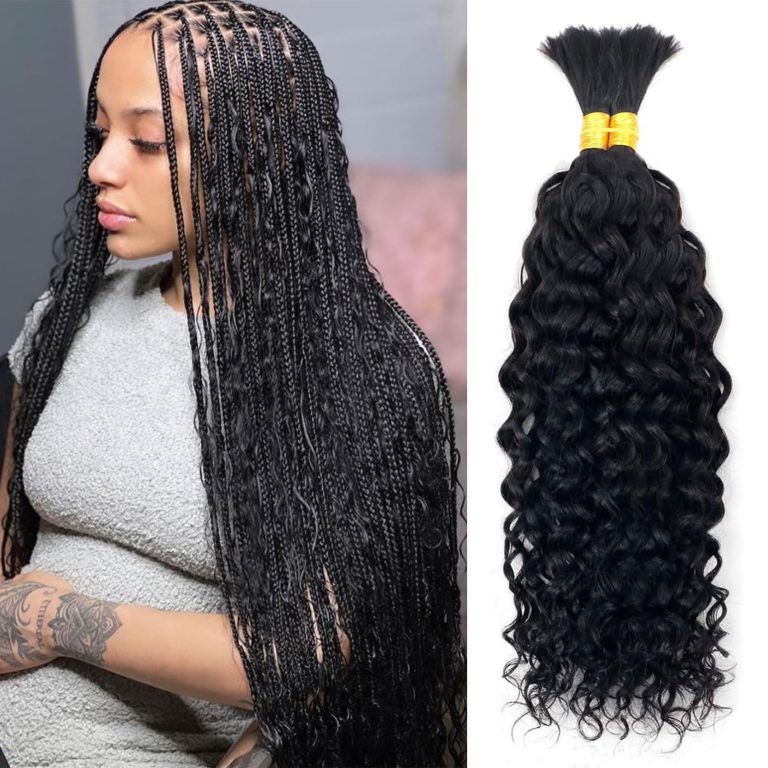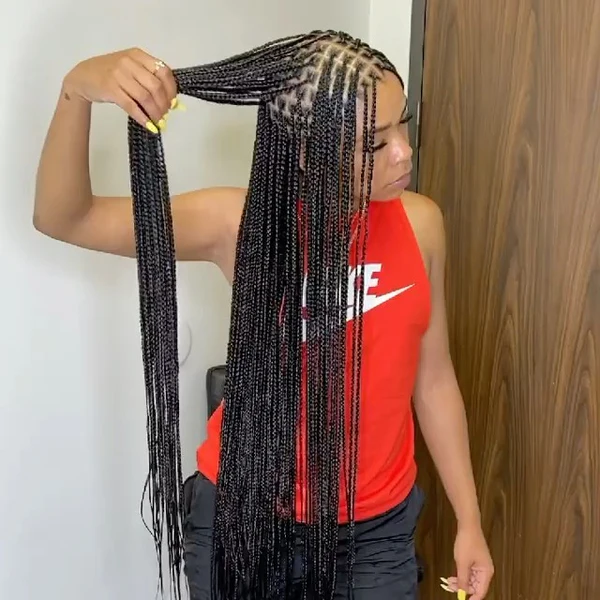
Respectful Hair Braiding: Avoiding Cultural Appropriation
Introduction to Cultural Appropriation in Hairstyles
Cultural appropriation in hairstyles is a sensitive topic. It involves adopting hairstyles from cultures that are not one’s own. This can lead to misunderstanding and discomfort. Cultural appropriation often lacks a deep understanding or respect for the culture it comes from. What braids are not cultural appropriation?It can affect communities that have faced discrimination or erasure of their cultural identity.
History shows that various cultures have worn braids. Yet, certain braided hairstyles have specific cultural meanings. For example, traditional African braids such as cornrows and box braids carry deep cultural significance. When individuals outside of these cultures wear these styles without regard, they may be engaging in cultural appropriation.
It’s about respect. Recognizing that some hairstyles are not just trends but symbols of cultural identity is important. Ignorance here can lead to hurting marginalized communities. It’s vital to know the history and value behind these hairstyles. This way, we can avoid appropriating them.
The issue of cultural appropriation goes beyond just hairstyles. It includes clothing, language, and other cultural practices. When a dominant culture borrows from a marginalized one without credit, it can lead to feelings of injustice. Moreover, when those from the originating culture face criticism for their own practices, the issue becomes even more complex.
Our blog aims to navigate the complexities of braiding with cultural sensitivity. We want to share how to appreciate rather than appropriate cultural hairstyles. The goal is to promote understanding and respect for all cultures. Let’s dive into the rich histories and significance of braids across cultures in the next section.
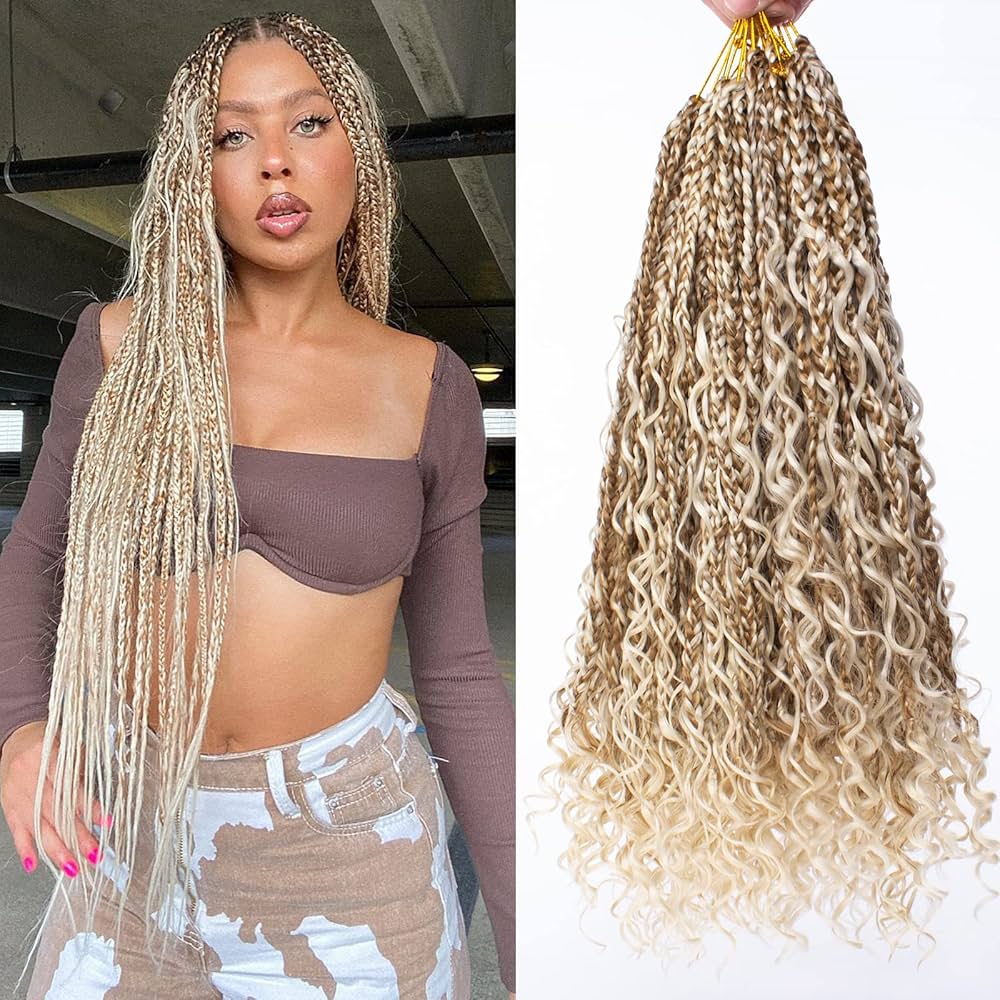
The Historical Significance of Braids Across Cultures
Braids are not a modern creation. What braids are not cultural appropriation?Their roots run deep through history, winding through various civilizations around the globe. They have served multiple purposes: from the simple utility of keeping hair tidy, to profound symbols of cultural identity. Each pattern, each twist tells a story, be it of social status, marital status, age, wealth, religion or ethnicity.
European Braids
In Europe, braids were commonplace. They had meanings tied to social class and were symbols of simplicity and purity. Farm workers often wore simple styles, signaling a harder life of labor. Meanwhile, complex braids often adorned the heads of those in higher social standings.
African Braids
In Africa, the craft was more than hair styling. It was a form of art. Each region had its distinctive styles, often indicating one’s tribe. Complex patterns could signify one’s ancestry, status, or even marital status. These styles hold deep significance and are passed down through generations.
Asian Braids
Across Asia, braids were a mix of practicality and beauty. Often worn long, they reflected tradition and were associated with grace and femininity. In some cultures, the length and style of a braid could convey marital status or social rank.
This rich tapestry of history reveals that, while braids are shared across cultures, their meanings are diverse. It’s essential to recognize this diversity, as well as the specific cultural contexts that give braids their deeper significance. When we understand the rich histories behind these hairstyles, we approach hair braiding with the respect and appreciation it deserves. This is critical to avoiding cultural appropriation and honoring the traditions from which these hairstyles originated.
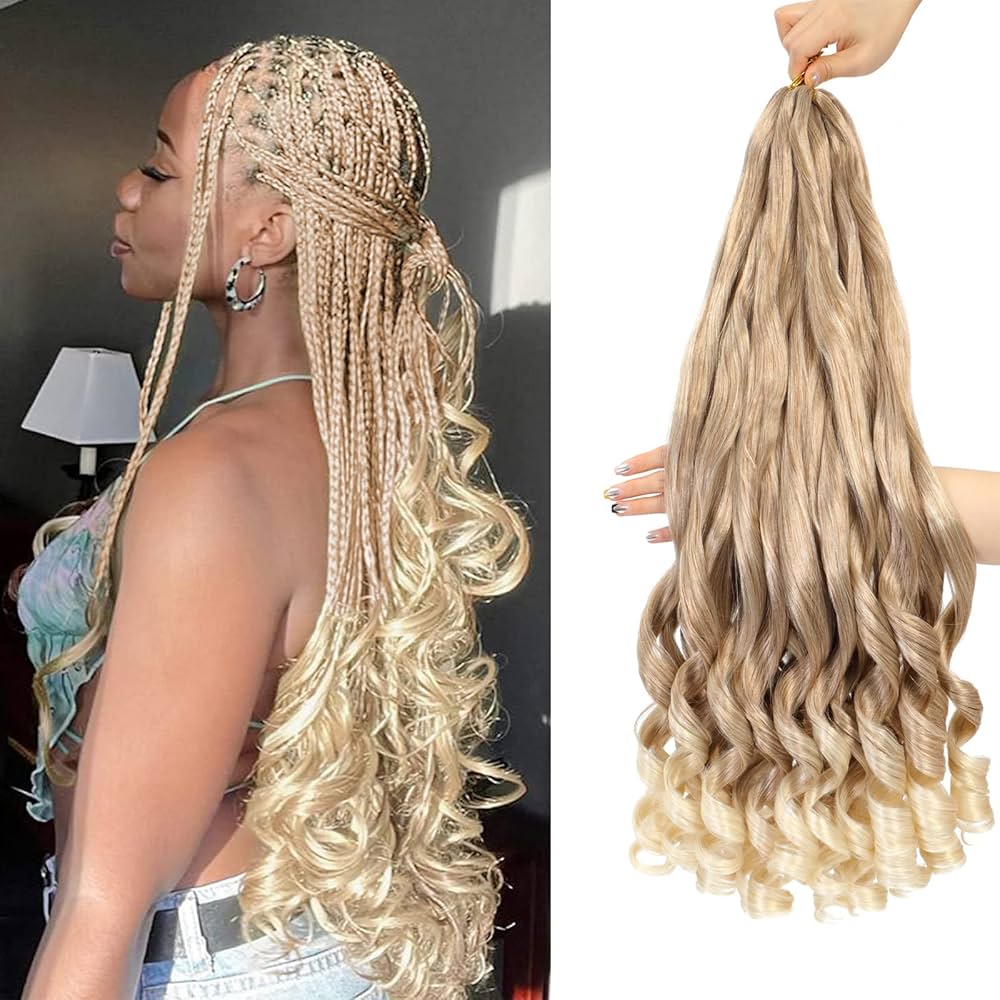
When Braiding Becomes Cultural Appropriation
Identifying when braiding crosses from appreciation into appropriation is crucial. What braids are not cultural appropriation?It’s a matter of context and respect. Here are key factors to consider:
Knowledge and Context
Understanding a braid’s origin is the first step. Know that some hairstyles carry heavy cultural weight. Ignorance can lead to unwitting disrespect. Education on each style’s background is vital.
Intention and Credit
Why are you choosing this hairstyle? Is it for fashion or deeper appreciation? Always give credit to the culture it comes from. This acknowledges its significance beyond a trend.
Privilege Awareness
Recognize your own position in society. Some styles might be safe for you to wear, but can a person from the originating culture do the same without judgment or discrimination? This imbalance must be considered.
Dialogue and Listening
Engage with members from the culture. Hear their thoughts on outsiders wearing their traditional styles. Respect their voices and opinions as they guide your choices.
When braiding becomes a fashion statement devoid of understanding and respect, it turns into cultural appropriation. Be mindful of the history and cultural significance behind braids. It’s not just about the hairstyle, it’s about the culture and people it represents.
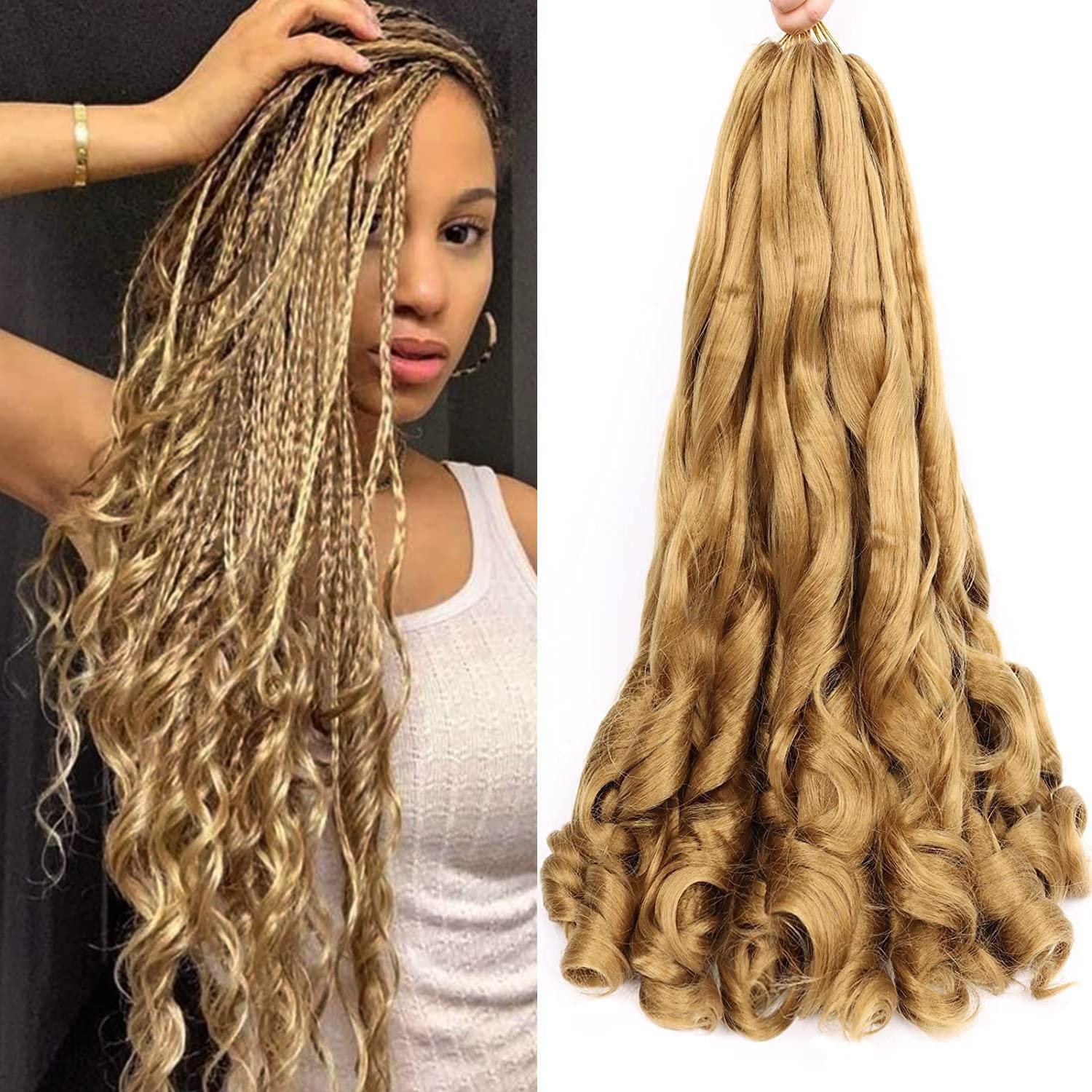
Recognizing Cultural Symbols in Hair Braiding
What braids are not cultural appropriation?When we speak of braiding, we’re touching on a form of art deeply woven with cultural symbols. These symbols, expressed in the twists and knots of hair, can hold powerful meanings within a culture. It’s where aesthetics meet heritage. To engage in hair braiding respectfully, it’s crucial to understand these cultural symbols.
Identifying Significance
Different braids can symbolize various cultural significances. For example, in some African cultures, specific braid patterns might represent a person’s tribe, social status, or marital status. Recognizing the significance of these styles helps avoid unintentional disrespect.
The Importance of Context
Context matters greatly when choosing to wear certain braided hairstyles. Wearing braids simply as a fashion look, without regard for their cultural background, risks cultural appropriation. Always consider the context and history of the hairstyle.
Respecting Boundaries
Some hairstyles are sacred and not meant for general trend or fashion use. For instance, certain ceremonial braids may be reserved for special occasions or certain statuses within a community. Respecting these boundaries is a part of honoring the culture.
Acknowledgement and Credit
If you are inspired by a braided hairstyle from a culture different from your own, acknowledge where it came from. Giving credit shows respect and helps maintain the cultural connection that might otherwise be lost in translation.
By acknowledging the cultural symbols in hair braiding, you pay homage to the rich tapestry of traditions that have nurtured these styles. As a result, you contribute to a culture of appreciation, rather than appropriation.
Box Braids, Cornrows, and Appropriation: Understanding The Differences
When discussing braids and appropriation, it’s crucial to differentiate styles. Box braids and cornrows, for example, are often at the center of the appropriation debate. What braids are not cultural appropriation?Here, we’ll explore the unique origins and cultural ties of each, and why understanding these matters.
Box Braids
Box braids originate from African cultures. They involve dividing the hair into square or boxy sections. Each section is then braided from the scalp down. This style is not only beautiful but also has deep historical roots in Africa.
Cornrows
Cornrows are also African in origin. They are tight, to the scalp, with a rowed pattern. This style is more than just a ‘look’. It has been a symbol of African heritage and identity for centuries.
When individuals from outside these cultures adopt these hairstyles casually, they may overlook the historical importance. They might use the style without regard for its origins or meaning. This oversight can be seen as disrespectful and is termed cultural appropriation.
To avoid this, we must respect the backgrounds of these hairstyles. We should seek knowledge on their significance. And we should always credit the cultures that created them. This way, we stay clear of appropriation and honor the beauty and history of these braided styles.
Remember these points to ensure respect is at the forefront when choosing a hairstyle. Recognize cultural symbols and differences. Know the historical context. Give due credit. And consider the implications of your style choice, especially if you hold a place of privilege.
The Role of Privilege and Respect in Cultural Aesthetics
Understanding privilege in cultural aesthetics is key. Privilege may allow some to wear certain styles without backlash. It can mask the historical significance of these styles, like box braids and cornrows. The styles hold deep meanings within African cultures. Respect is about acknowledging this privilege. We must consider its impact on cultural traditions.
Here is how to show respect:
- Learn About the Culture: Educate yourself on the history and meaning of the hairstyle.
- Acknowledge the Origin: Credit the culture the hairstyle belongs to.
- Consider the Impact: Reflect on how wearing the hairstyle affects the originating culture.
- Listen to Voices from the Culture: Hear what members of the culture say about outsiders wearing their styles.
Privilege can blind us to the struggles others face. It may allow some to wear hairstyles with ease. At the same time, those from the originating culture could face judgment. Acknowledging this helps us navigate cultural aesthetics with respect. By being conscious of our actions, we appreciate rather than appropriate culture.
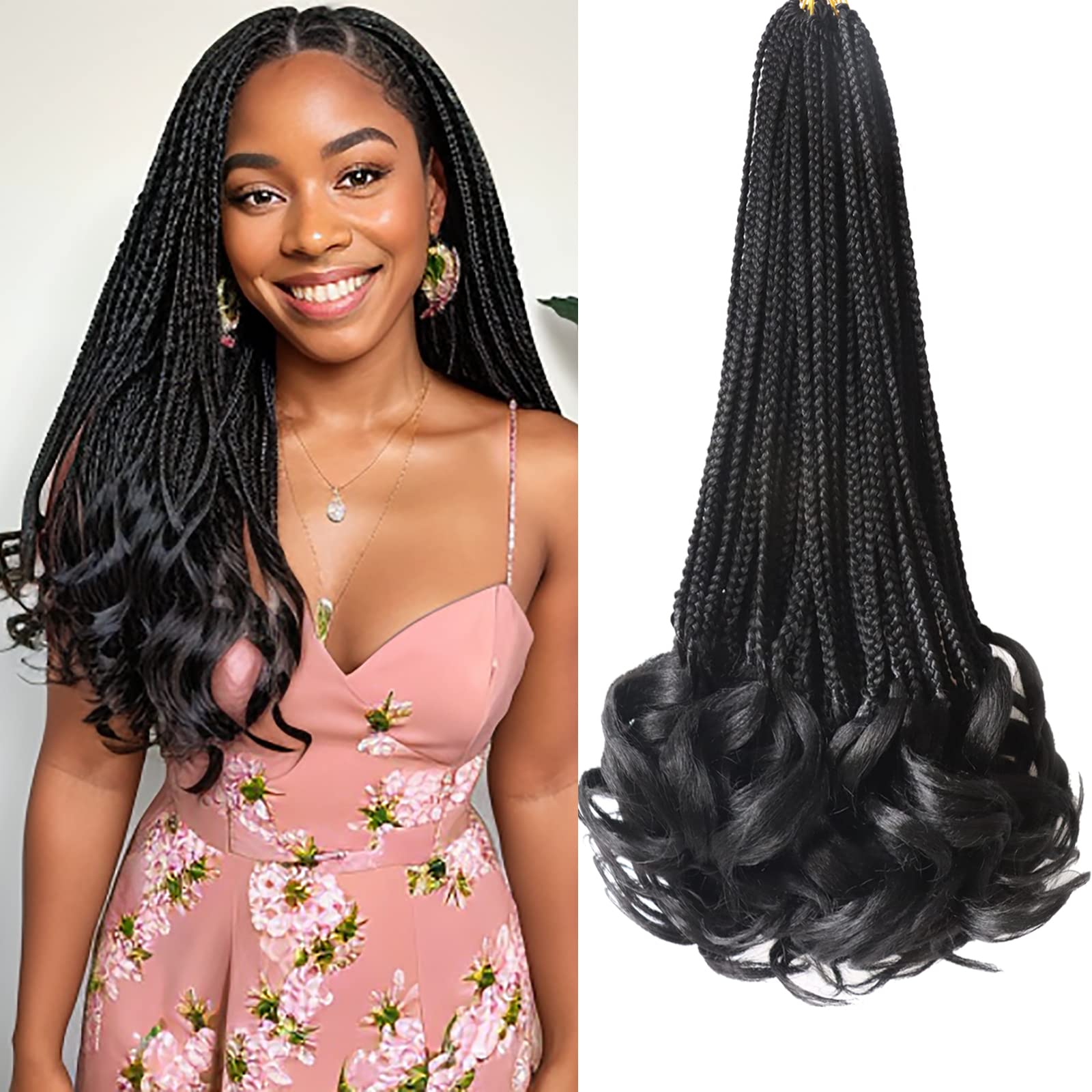
How To Appreciate Rather Than Appropriate Cultural Hairstyles
Appreciating cultural hairstyles means understanding their history and significance. Here are ways to do so respectfully:
Learn the Hairstyle’s Cultural Background
Research the origins of the hairstyle. Find out what it stands for in its native culture. This shows respect and prevents unintended offense.
Seek Permission When Possible
If you can, ask cultural members for their view on you wearing their traditional hairstyle. This can promote dialogue and build bridges of understanding.
Give Credit to Cultural Roots
When wearing a hairstyle, acknowledge its cultural roots. Say where you learned the style from and its cultural significance. This prevents erasure of cultural heritage.
Wear it with the Right Intent
Avoid wearing cultural hairstyles purely for fashion. Appreciate them as a form of art and tradition. Make sure your intent aligns with cultural respect.
Support the Originating Culture
Support the communities the hairstyles come from. This can be through purchasing authentic products or promoting cultural awareness.
Reflect on Your Privilege
Consider if you face the same challenges as those from the originating culture. If not, think about what wearing the hairstyle means for them.
Educate Others
If you understand and appreciate the hairstyle’s culture, share this knowledge. Inform others about cultural appropriation and how to avoid it.
By following these steps, you show true appreciation for cultural hairstyles. You honor their traditions and the people who hold them dear.
Navigating hair braiding with cultural sensitivity is key to respectful fashion choices. As we’ve explored, understanding the rich history of hairstyles like box braids and cornrows is crucial. They carry more than beauty. They bear cultural messages from African communities.
Here are ways to navigate hair braiding with respect and sensitivity:
- Educate Yourself: Learn about the hairstyle’s background. Recognize its cultural importance.
- Seek Conversations: Talk with those from the culture. Understand their feelings about sharing their hair traditions.
- Honor the Origins: Always give credit to a hairstyle’s cultural roots. Mention them when you adopt these styles.
- Be Intentional: Pick styles for cultural appreciation, not just fashion. Your intention should reflect respect for the culture.
- Reflect on Privilege: Consider if your privilege allows you to wear a hairstyle without the same issues others face.
- Practice Respect: Show genuine respect. Do this by how you talk about and wear the hairstyle.
Remember, it’s not just about what braids are not cultural appropriation. It’s about how we engage with cultural elements with an open heart and mind. Avoiding cultural appropriation is more than following a set of rules. It requires ongoing learning and empathy. It means being aware of your impact on other cultures. Together, let’s celebrate the diversity of hair braiding. Let’s do it with respect and appreciation for the cultures they come from.
